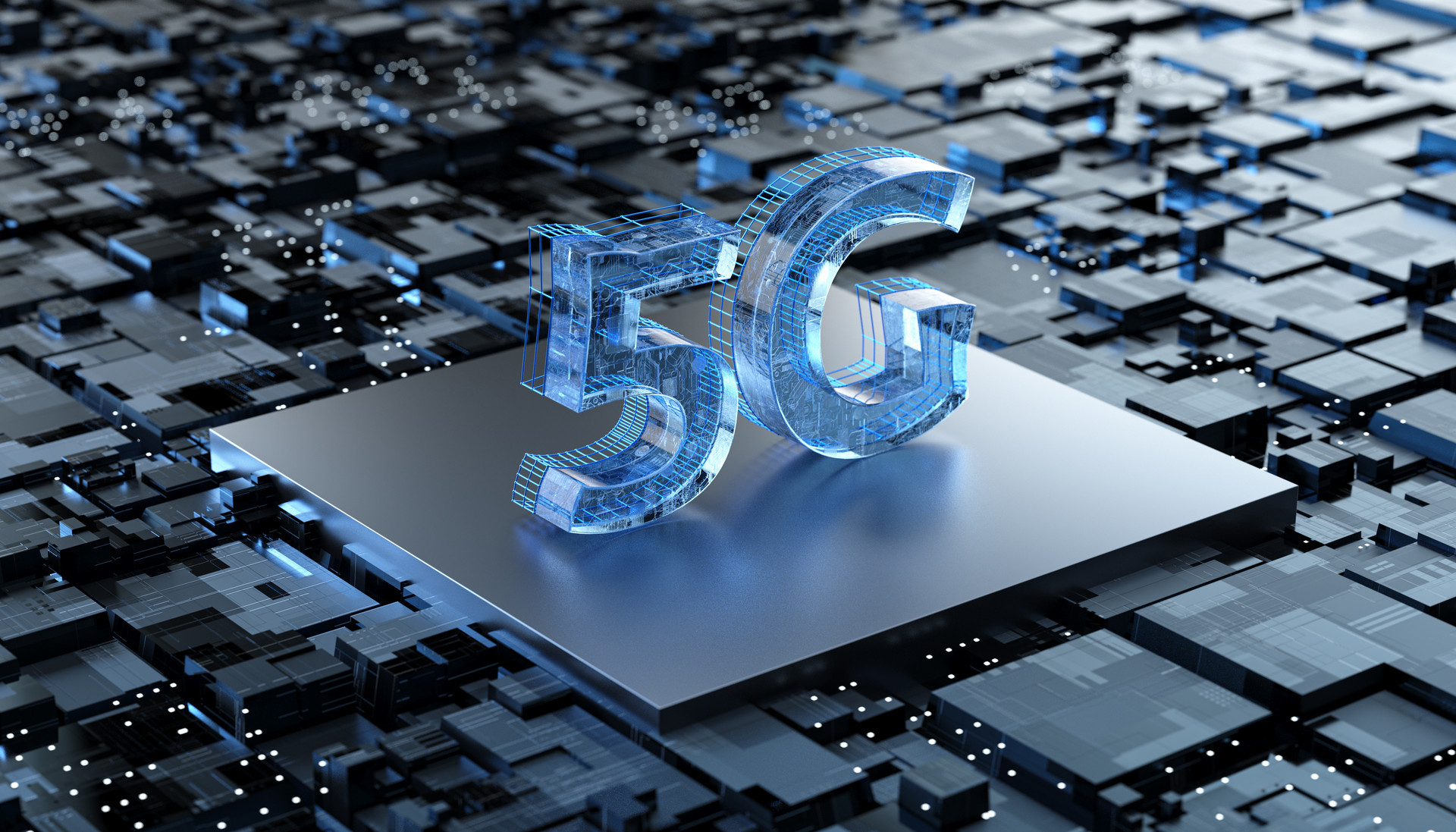What core technologies does the Internet of Things have?
Release time:
2024-04-12
Six core technologies of Internet of Things
1. a power of two
There are natural flaws in the binary numbers used by current computers, such as the binary representation of the same word length, which is only half of the number represented by the power of two. The development of a power-of-two CPU and memory will significantly increase the computing speed and storage capacity when using the same integrated circuit process.
2. new computer system
Current computer systems use single-axis calculations. The solution proposed now to separate the operation code and operands of the instruction is still a single-axis calculation at runtime. The use of power-of-two CPU and memory is conducive to the development of a two-axis or multi-axis computer system, which can greatly improve the computational efficiency of the computer.
Fast Retrieval of 3. Data with Infinite Growth
The actual calculation time occupied by the computer is very short, a large number of data to be retrieved to participate in the calculation and storage of the calculation results of the data address time occupied. The fast retrieval technology of unlimited growth (day) data can not only improve the addressing speed of computers, but also support the technology that can provide unlimited IP addresses and identification codes in the future.
The Guiding Ideology of 4. Software Programming
Software is a tool for processing data (information) through a computer. Under the guidance of the existing "software-defined everything" understanding, a lot of software programming work is to drive all relevant data step by step according to people's subjective consciousness; it is not only time-consuming and laborious, but also costly, difficult to maintain, reliability and scalability. Software programming should be guided by the understanding of "software describes everything", and the efficiency and quality of software programming will be improved by describing the rules of data flow to make data flow automatically according to the rules.
5. software programming method without BUG
Currently in the software industry popular software programming in the presence of BUG is inevitable. However, Internet of Things applications have high security requirements for the software itself, especially for applications that may have serious consequences due to software reasons. The requirement for software is that there must be no bugs. Using the FO software development method of fact-oriented analysis (Fact-OrientedAnalysis), structure-oriented design (Frame-OrientedDesign), form-oriented programming (Form-OrientedProgramming) and the objective existence of multi-dimensional attributes of each object connected according to the needs of the Internet of Things, the existence of bugs in software programming can be avoided.
6. network architecture
Four versions of the current network architecture exist. The network architecture 1.0 first proposed and applied by the U.S. military, the network architecture 2.0 of the Internet represented by the widely used Internet, the network architecture 3.0 of the software-defined network (SDN) represented by the B4 network established by Google, and the network architecture 4.0 of the little-known 136X project based on the floating cloud stratification of genetic characteristics in the cyberspace information world EM258.com. Among the four versions of the network architecture, only EM258.com's network architecture 4.0 meet the needs of the future Internet of Things to provide unlimited IP addresses and unlimited identification codes. However, EM258.com's network architecture is 4.0 a network architecture designed and operated for cyberspace, which will need to be reduced in software and improved in hardware.







